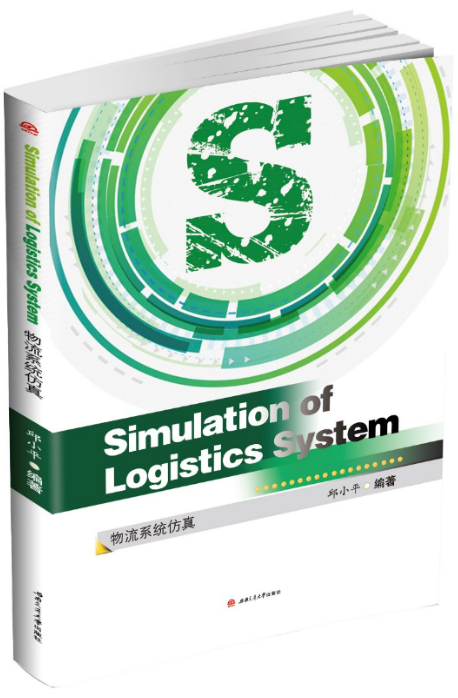-
 物流经济(第二版)
物流经济(第二版)作者:帅斌
本书共十章,较全面、系统地阐述了物流经济的发展及研究领域,并介绍了如何运用技术经济、微观经济、宏观经济等经济学原理来解决物流领域的经济问题。随着物流产业的篷勃发展,物流经济领域的问题越来越复杂,为了深化研究,作者将物流经济的问题划分为微观和宏观两大领域,《物流经济》主要针对微观领域的经济问题,而宏观领域的内容可参见作者的另一本专著《物流产业经济》。
-
 审计学题库及答案解析
审计学题库及答案解析作者:吴先聪
本书是审计学的配套教材,力争涵盖注册会计师财务报表审计中的主要环节、一般业务和常用的审计技术手段。内容具体分两大部分:第一部分为试题,共15套试题,每套试题有五种题型:单选、多选、判断、简答题和案例分析,囊括了社会审计的重点、难点。其中案例大多是原创的,且实用性较强。这些题型的训练,有利于熟悉有关审计业务原理运用和实务处理的基本技能和方法,培养学生的实务操作能力。第二部分为试题参考答案和答案解析。本书为本科院校会计学、审计学及其相近专业“审计学”课程的配套教辅资料。
-
 建设工程法规
建设工程法规作者:尤晓琰, 苏鹏, 主编
本书根据国家相关法律法规,结合相关执业资格考试内容,对建设工程法规概述、建设工程许可法规、建设工程发包与承包法规、建设工程招标投标法规、建设工程合同法规、建设工程监理法规、建设工程安全生产管理法规、建设工程质量管理法规、劳动合同法规、建设工程其他相关法律法规制度等内容进行了较为系统的阐述。通过对本书的学习,读者能够综合掌握建设工程法律法规基本知识以及实践案例。
图书分类
Book classification- 仿真是利用模型研究系统的重要方法之一,随着计算机技术的发展和人们对各领域研究的深入,系统仿真技术日臻成熟,应用领域不断扩大。本书为全英文教学,共分九章,前六章主要介绍物流系统仿真的原理及方法,后三章主要是介绍基于AngLogic的仿真操作,即运用软件平台进行物流系统仿真的步骤与方法。通过本书的学习,读者可以掌握物流系统仿真的基本原理,同时还可掌握实际系统仿真的步骤与方法,可作为高等院校系统工程、物...查看更多
- 1.1 Systems and System Model
A system is a set of interacting or interdependent components forming an complex/...查看更多
- Foreword
Simulation is one of the most important methods utilizing models to study system. Simulation technology has ...查看更多
-
CONTENTS
Chapter 1 Outline - 1 -
1.1 Systems and System Model - 1 -
1.2 System Simulation Outline - ...查看更多 - 邱小平,男,博士后,西南交通大学交通运输与物流学院教授。2004年6月在西南交通大学获交通信息工程及控制专业工学博士学位,后在西南交通大学管理科学与工程博士后流动站工作





